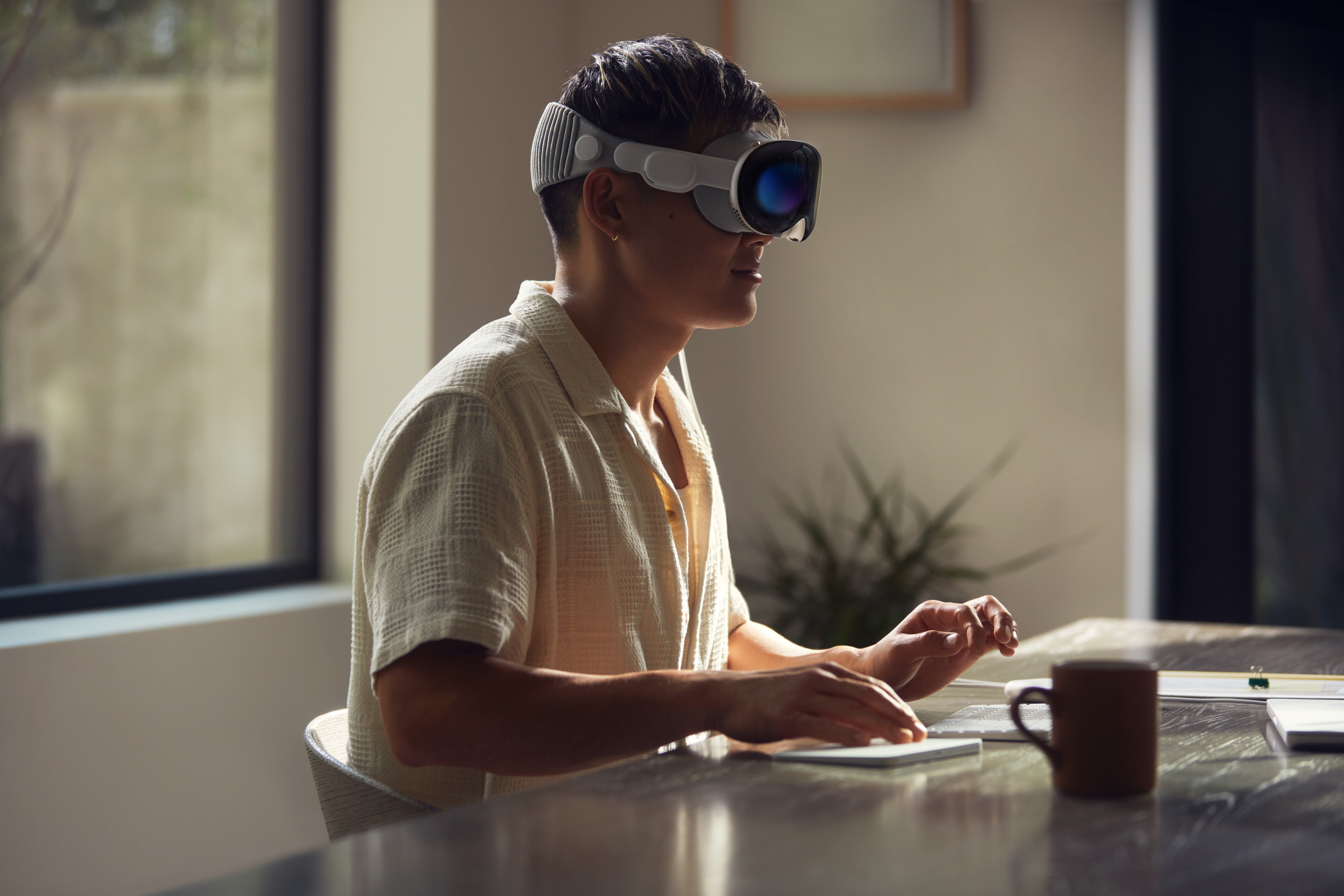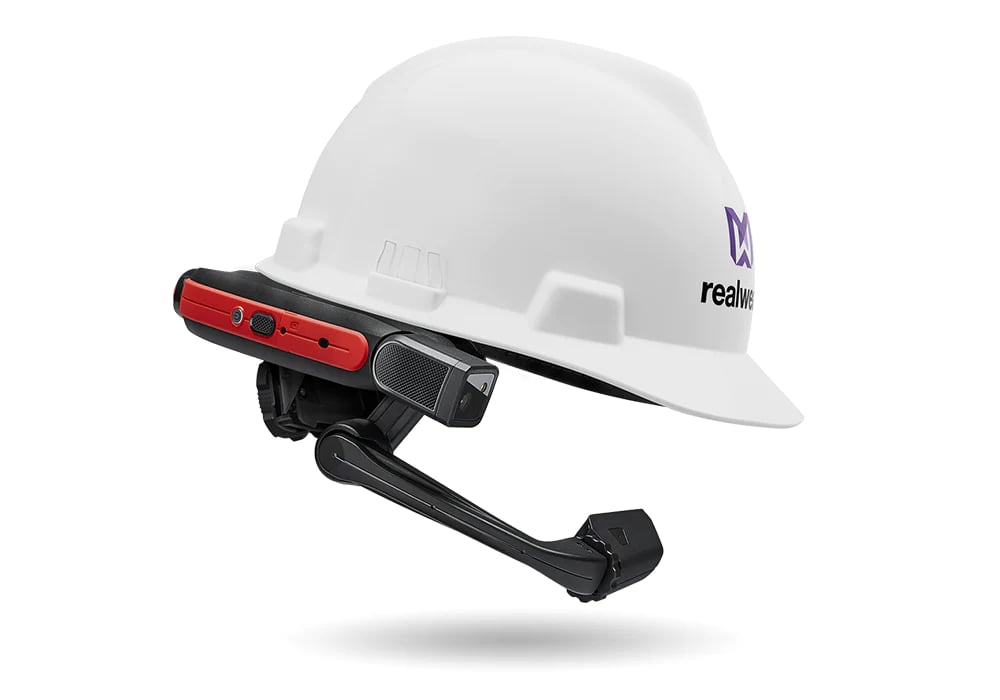Ensuring a robust VR technology to support industrial applications
The integration of virtual reality technology into the building inspection process represents a substantial advancement towards improved digital integration. At its most fundamental level, virtual reality (VR) generates a digital duplicate of the structure under examination through the use of complex algorithms. By combining high-resolution photographs, multidimensional data from a variety of sensors, and intricate 3D modeling, this digital replica is generated; as a result, it is an immersive simulation of the actual structure.
By enabling inspectors to navigate the virtual replica of a structure, virtual reality (VR) enables them to scrutinize each facet of the structure with meticulous attention to detail. This paradigm shift enables the eradication of constraints imposed by physical presence by offering an expansive and nuanced perspective on the morphology of the structure.
In the context of building inspection, virtual reality is not an independent system; on the contrary, it thrives when integrated with a collection of supplementary technologies.
- The Integration of Drones and Photogrammetry: The convergence of virtual reality and drones is a critical component due to the vast quantity of visual data that can be gathered by these aerial vehicles. Following this, photogrammetry is utilized to transform these images into three-dimensional models that are incredibly precise, thereby enhancing the virtual reality environment.
- Sensors and the Internet of Things (IoT) are integrated into the virtual reality experience, which enhances the overall engagement with dynamic information. The virtual fabric is seamlessly integrated with real-time data obtained from thermal sensors or structural health monitors, thereby furnishing an up-to-date status report on the state of the structure.
- Machine Learning and Artificial Intelligence: The vast amount of data generated by virtual reality examinations provides an ideal environment for the advancement of machine learning and AI algorithms. By means of a data sifting process, these advanced algorithms possess the capability to unveil patterns, predict impending challenges, and propose practical insights.
 The Apple Vision Pro (credit: apple.com)
The Apple Vision Pro (credit: apple.com)
Prospects for the Development of Virtual Reality in the Asset Inspection Sector
- Integrating Augmented Reality (AR) and Virtual Reality (VR): The convergence of these two technologies holds significant promise. The potential for augmenting the virtual inspection through the provision of crucial data points, historical insights, and structural annotations exists with the overlay functionalities of augmented reality. This would enhance the inspector's comprehension and capability to interact with the virtual model.
- Enhanced Simulations: Subsequent advancements in virtual reality technology could potentially facilitate the execution of more intricate simulations within the virtual environment. From natural disasters to gradual physical deterioration, examiners are capable of simulating a wide range of scenarios to assess the building's resilience and recommend preventive measures.
- Virtual Collaborative Inspections Virtual reality possesses the capacity to transform into a collaborative setting wherein multiple stakeholders may concurrently participate in a virtual inspection. The potential for a comprehensive examination exists through this collective participation; this would guarantee that representatives with diverse skill sets convene to assess the building's current condition.
The convergence of building information modeling (BIM) and virtual reality (VR) is occurring.
The evolving building information modeling (BIM) and virtual reality (VR) interrelationship exemplifies the transformation of the building inspection environment. The integration of virtual reality (VR) with building information modeling (BIM) converts the intricate digital blueprint from an inert depiction to a zone that encourages exploration in a dynamic and interactive manner. By utilizing the virtual reality environment, inspectors have the capability to extensively examine the Building Information Model (BIM) model, which grants them an unparalleled level of proficiency in comprehending the building's design, materials, and operational systems.
 The Realwear Industrial Smart Glasses (credit: realwear.com)
The Realwear Industrial Smart Glasses (credit: realwear.com)
Implementing Edge Computing to Enhance Virtual Reality Experiences
It is anticipated that the integration of virtual reality (VR) and periphery computing will significantly enhance the efficiency of real-time data processing. Edge computing facilitates the reduction of latency through the decentralization of data analysis, thereby enhancing the engagement and feedback of virtual reality assessments. This integration not only expedites the inspection procedure but also enhances the precision of the virtual assessment. This is particularly advantageous in circumstances that demand prompt analysis of the data or in areas with restricted internet access.
Conclusion
The integration of virtual reality technology into building inspection represents not only a positive development but also a groundbreaking stride toward redefining the architectural evaluation paradigm. By virtue of employing VR, the architectural, engineering and construction sectors have obtained a highly accurate and adaptable instrument that positions them favorably to confront the complexities of modern structures.
Virtual reality will become an important part of asset inspections in the future as technology keeps getting better and better. In the rigorous evaluation of our built environment.